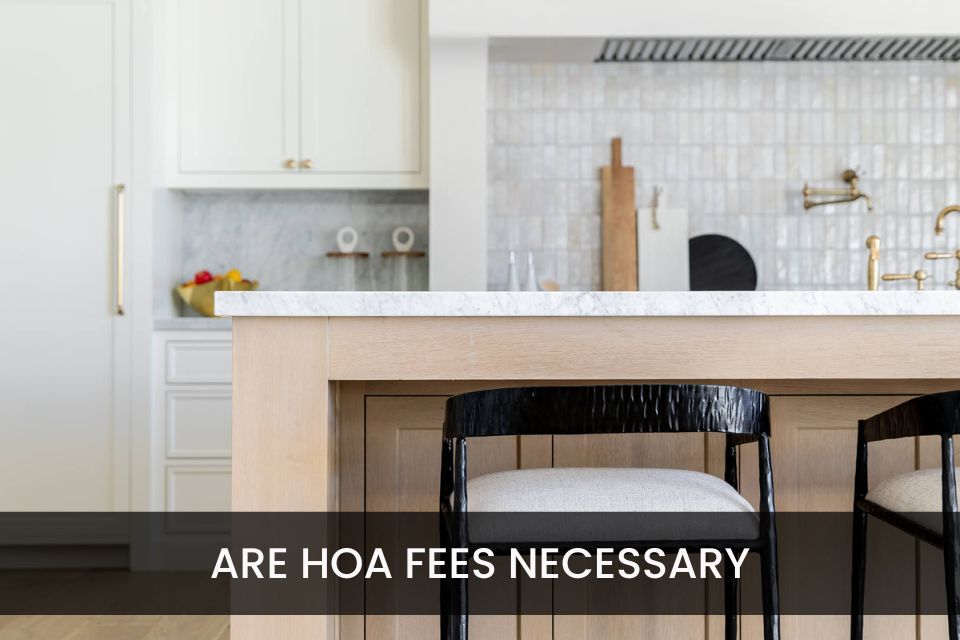In addition to mortgage payments, homeowner’s insurance costs, and
property taxes, some homes are also located within a planned community
that requires monthly HOA fees. HOA (Homeowner’s Association) costs
may feel like junk fees and homeowners may not always feel like they see the benefit, but
these fees serve several essential purposes aimed at preserving the
community’s quality and property values.
Primarily, HOA fees are typically used to fund the maintenance and repair
of community spaces. They also usually pay for common area utilities and upkeep of community amenities such as a pool, sports courts, playgrounds, and exercise
facilities. Often these amenities are a critical draw to potential homebuyers
that keep property values higher than communities without these facilities.
In addition, the HOA fees usually provide payment for a reserve fund. Without reserves,
the association members might get an unexpected bill for thousands of dollars out-of-pocket should such an expense occur.
The amount due from each homeowner in an HOA may vary based on the
size of the property or the subdivision it’s located in, but this shared cost is
for the good of the community. All members are usually eligible to join the
membership meetings and run for the Board of Directors (usually if in good
standing). It’s important to be involved in the decisions made and costs
incurred.
HOA fees shouldn’t be looked at as junk fees, but community members should be involved in the assessment and administration of the funds they generate. A properly
managed HOA ensures that the homeowners receive the lifestyle they
expect and maintain strong home values.

Recent Comments